Big cats, including lions, tigers, leopards, cheetahs, and jaguars, are among the most iconic and majestic animals on our planet. They hold significant ecological, cultural, and economic importance. These apex predators play a crucial role in maintaining the balance of ecosystems by regulating prey populations and encouraging biodiversity. However, the existence of big cats is under severe threat due to human activities, making conservation efforts critical.
Understanding the Threats to Big Cats
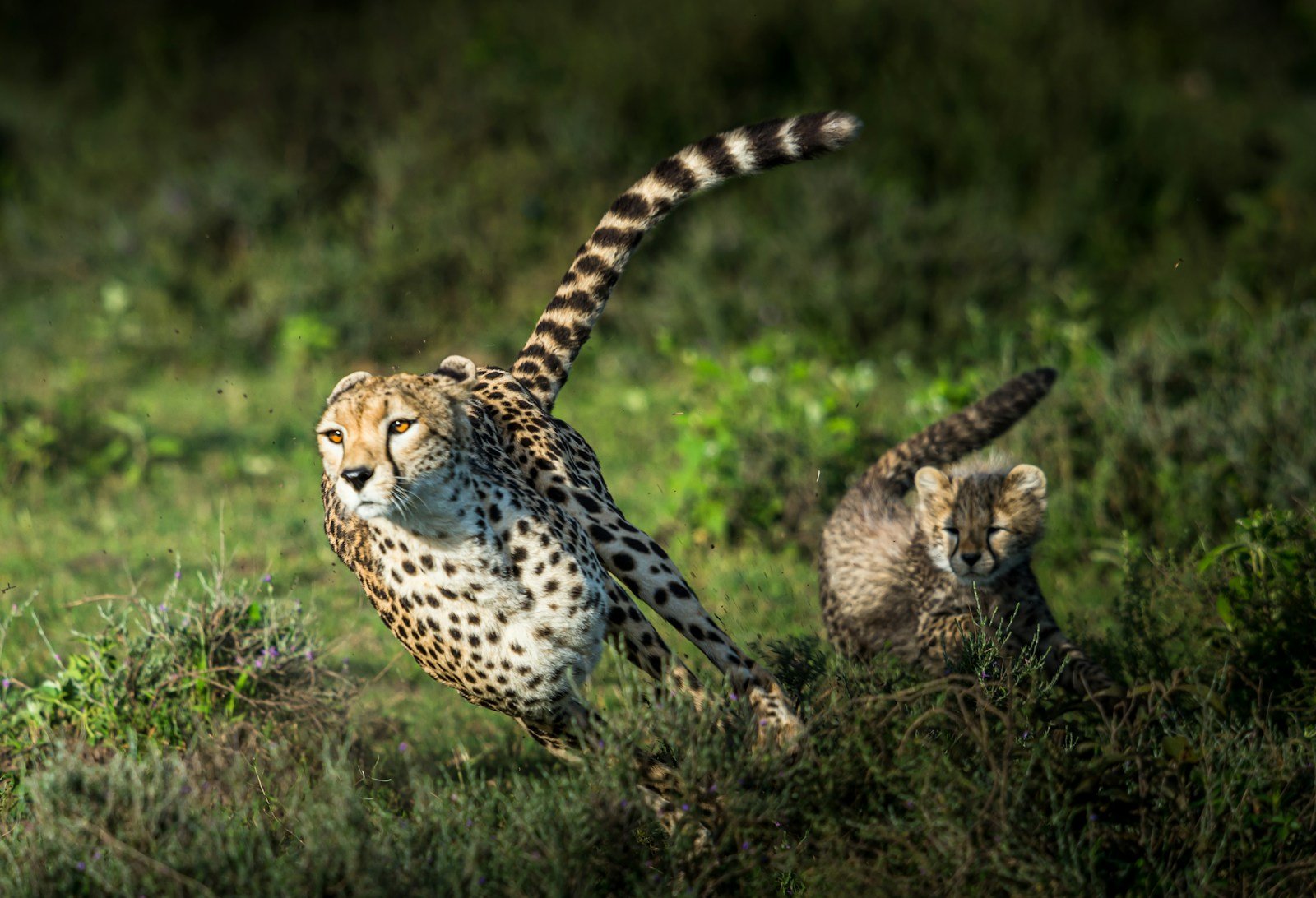
Before delving into the solutions, it’s important to understand the main threats big cats face. Habitat loss due to agricultural expansion, urbanization, and infrastructure development is a significant threat. Additionally, poaching for illegal wildlife trade and human-wildlife conflict further jeopardize their populations. Climate change and depletion of prey species also contribute to their declining numbers.
The Role of Local Communities in Conservation
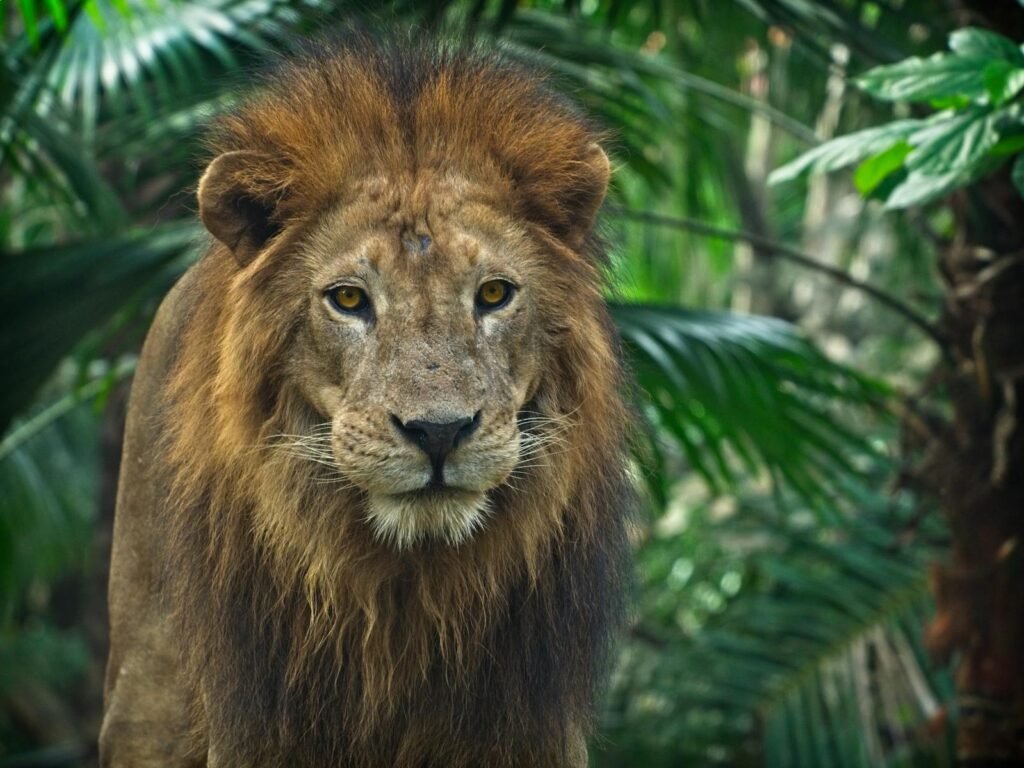
Local communities play a pivotal role in the conservation of big cats. Their close proximity to these animals places them at the forefront of conflicts but also positions them as key players in any conservation strategy. By empowering these communities, they can become effective stewards of wildlife preservation.
Community-Based Conservation Programs
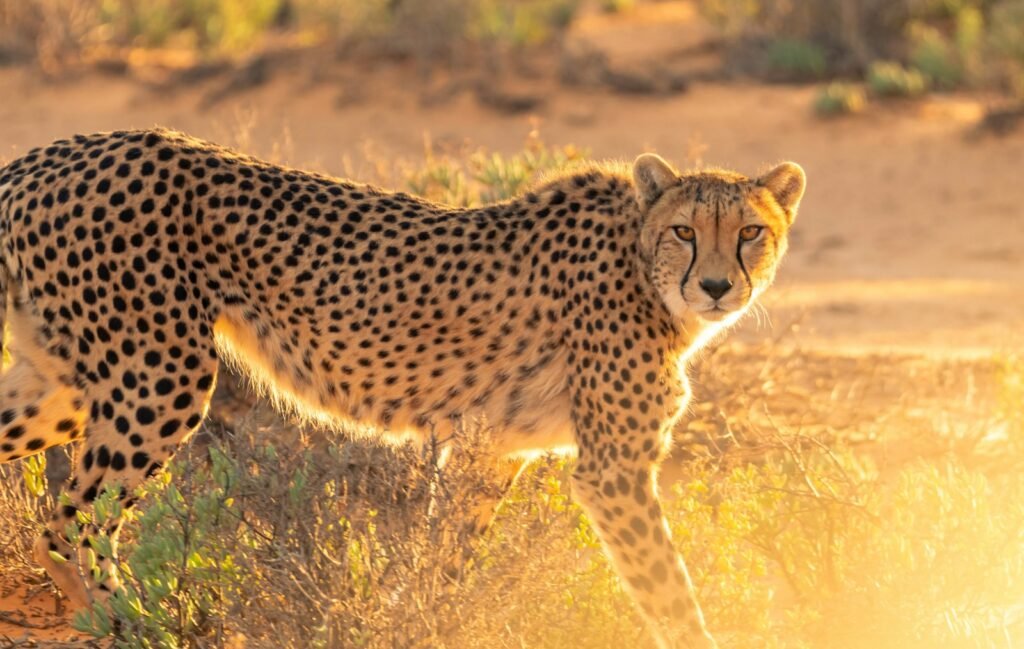
Community-based conservation programs focus on involving local people in wildlife protection efforts. These programs provide training and resources to help residents manage natural resources sustainably. By giving communities a stake in conservation success, programs foster greater cooperation and reduce incidents of poaching and habitat destruction.
Economic Incentives Through Eco-Tourism
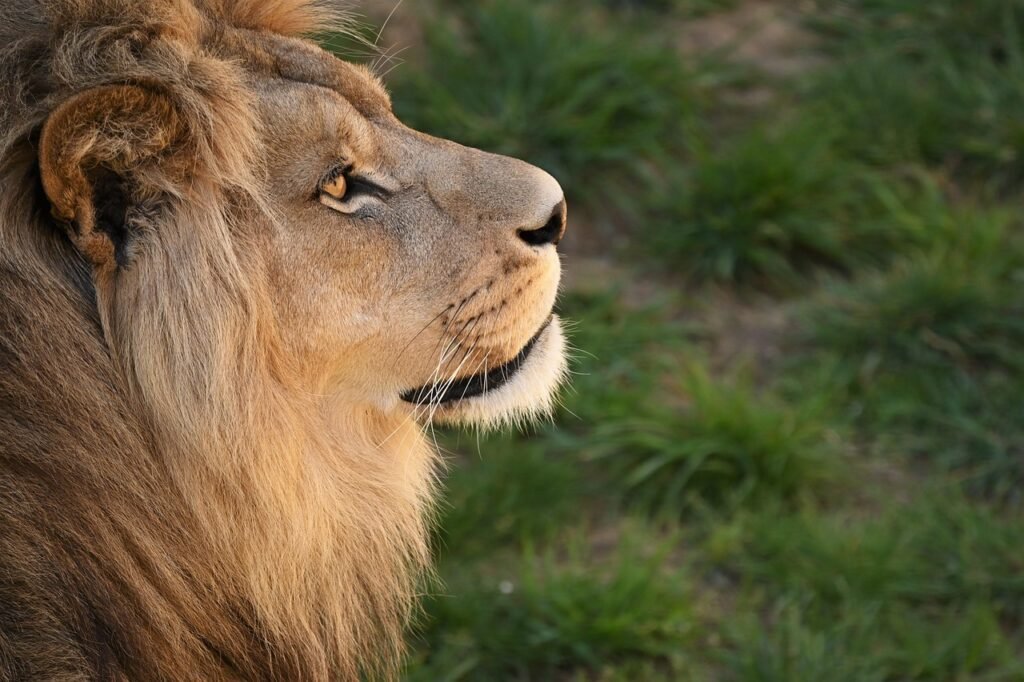
Eco-tourism offers a sustainable economic incentive for local communities, linking their prosperity to the well-being of big cats. By promoting wildlife tourism, communities can benefit financially while ensuring the protection of their natural habitats. This mutual benefit encourages locals to support and protect big cat populations.
Mitigating Human-Wildlife Conflict
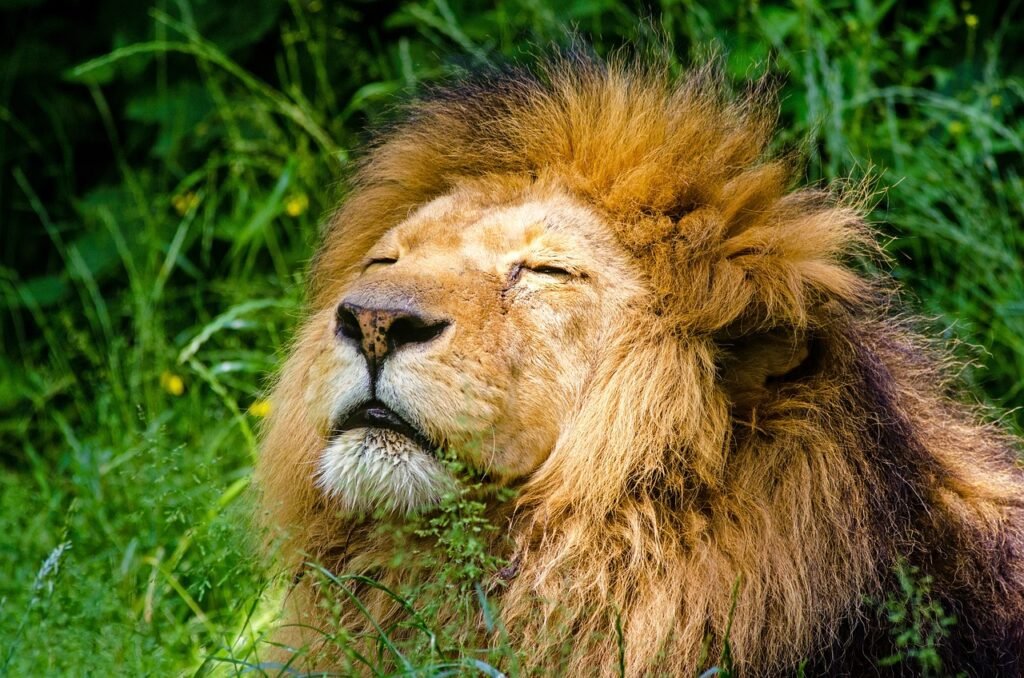
Frequent conflicts between big cats and humans often result in the loss of life on both sides. Local communities are developing innovative solutions to mitigate these conflicts, such as building predator-proof enclosures for livestock and using non-lethal deterrents. These methods help reduce the incentive for retaliatory killings while protecting human assets.
Education and Awareness Campaigns
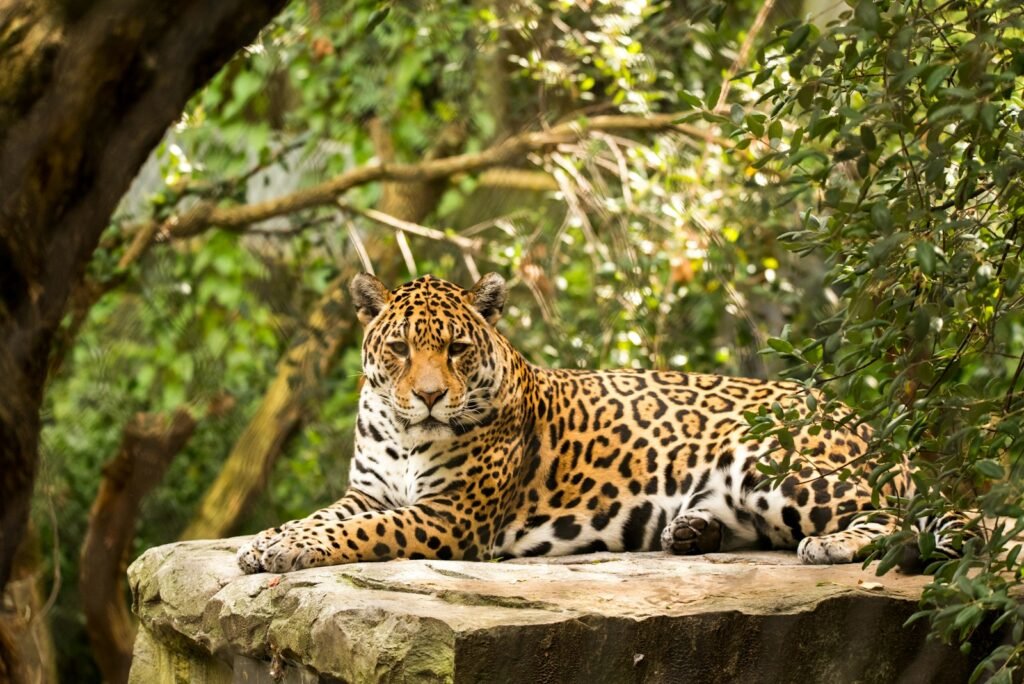
Education and awareness are fundamental to changing attitudes towards big cat conservation. Local NGOs and community leaders organize workshops, school programs, and public events to educate people about the ecological role of big cats and the importance of cohabiting peacefully. Knowledge empowers communities to make informed decisions and foster a culture of conservation.
Integrating Indigenous Knowledge
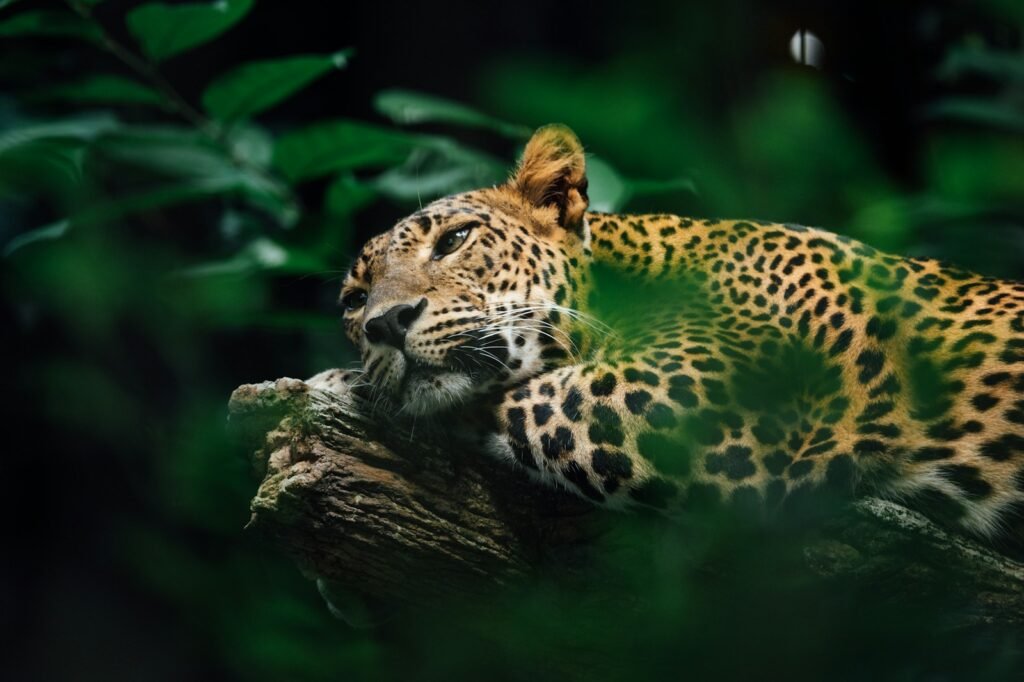
Indigenous communities often possess deep-rooted understandings of their local ecosystems. By integrating this traditional knowledge with modern conservation practices, more adaptable and culturally sensitive strategies can be developed. This integration supports more effective and sustainable conservation outcomes.
Partnering with Global Conservation Organizations
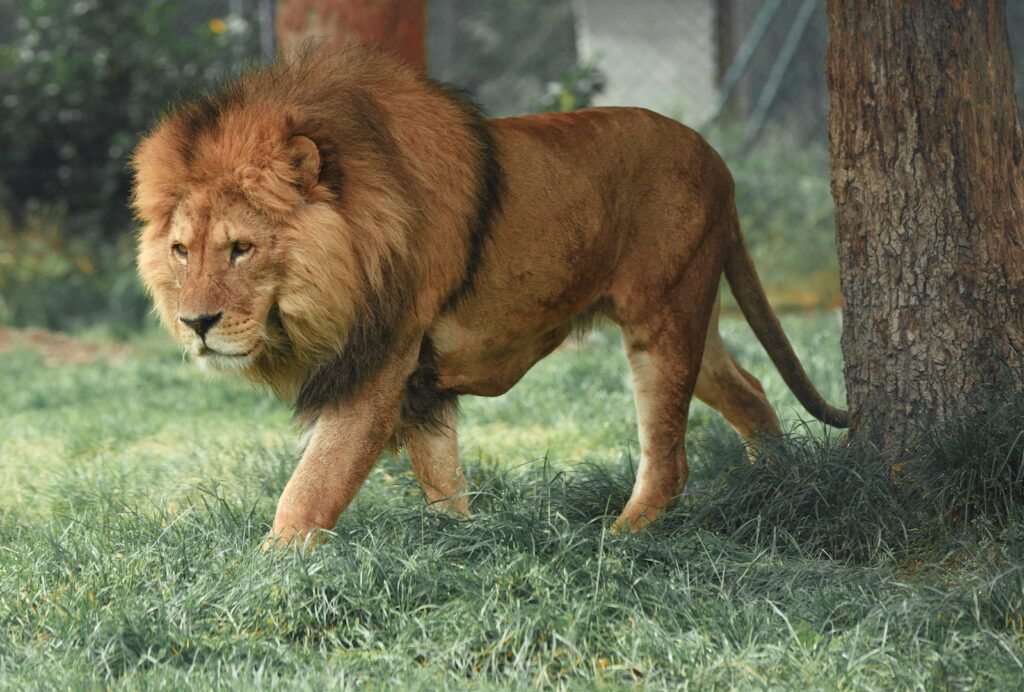
Local communities often collaborate with global conservation organizations to pool resources, knowledge, and support for big cat conservation initiatives. These partnerships enhance technical expertise, increase funding, and provide opportunities for capacity building among local stakeholders.
Success Stories and Lessons Learned
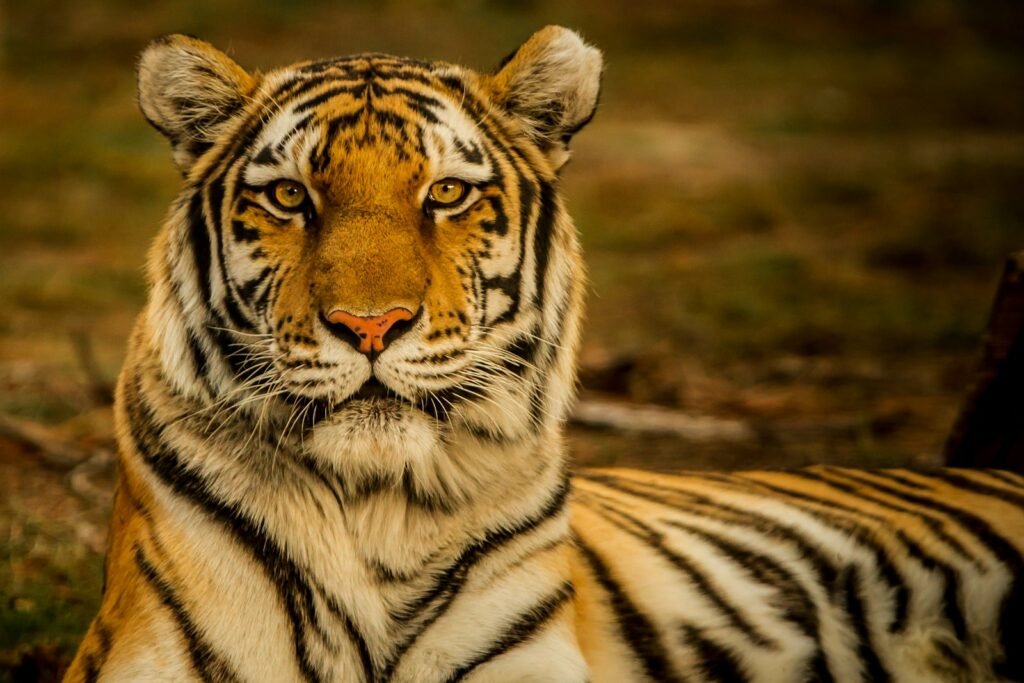
Numerous success stories highlight the positive impact of community-driven conservation efforts. For example, in Namibia, community conservancies have helped increase the populations of cheetahs and leopards. These successes provide valuable lessons that can be replicated and adapted in other regions facing similar challenges.
The Future of Big Cat Conservation
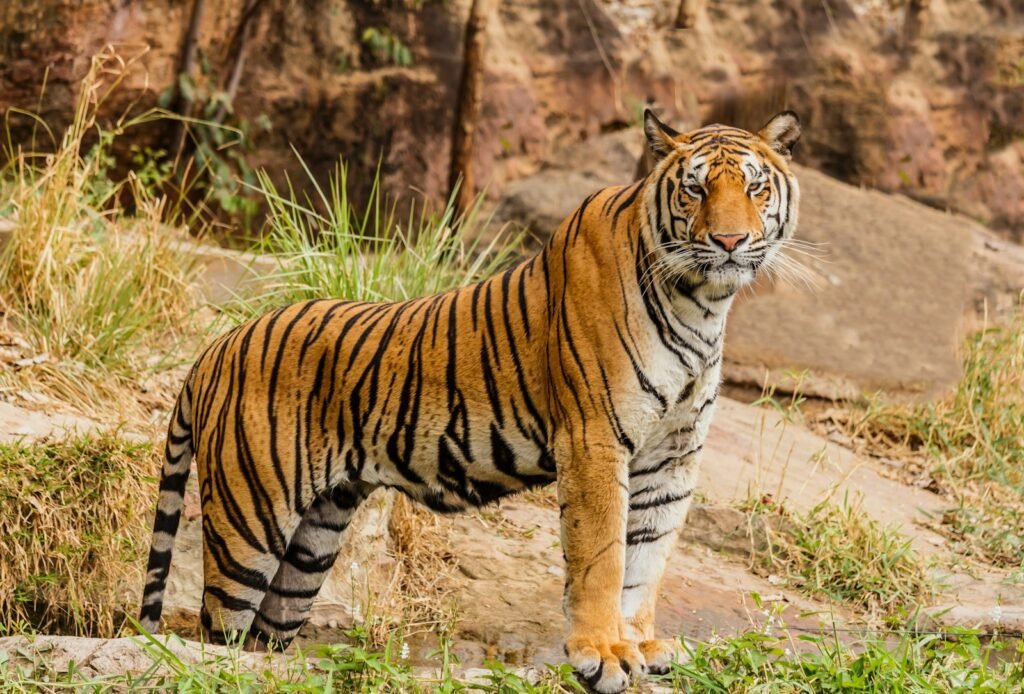
The future of big cat conservation heavily depends on continued community involvement and support. As global environmental challenges intensify, the demand for sustainable and inclusive conservation strategies will increase. Empowering local communities, respecting their knowledge and rights, and ensuring they see tangible benefits from conservation efforts are essential steps in securing a future where big cats can thrive alongside humans.
Conclusion
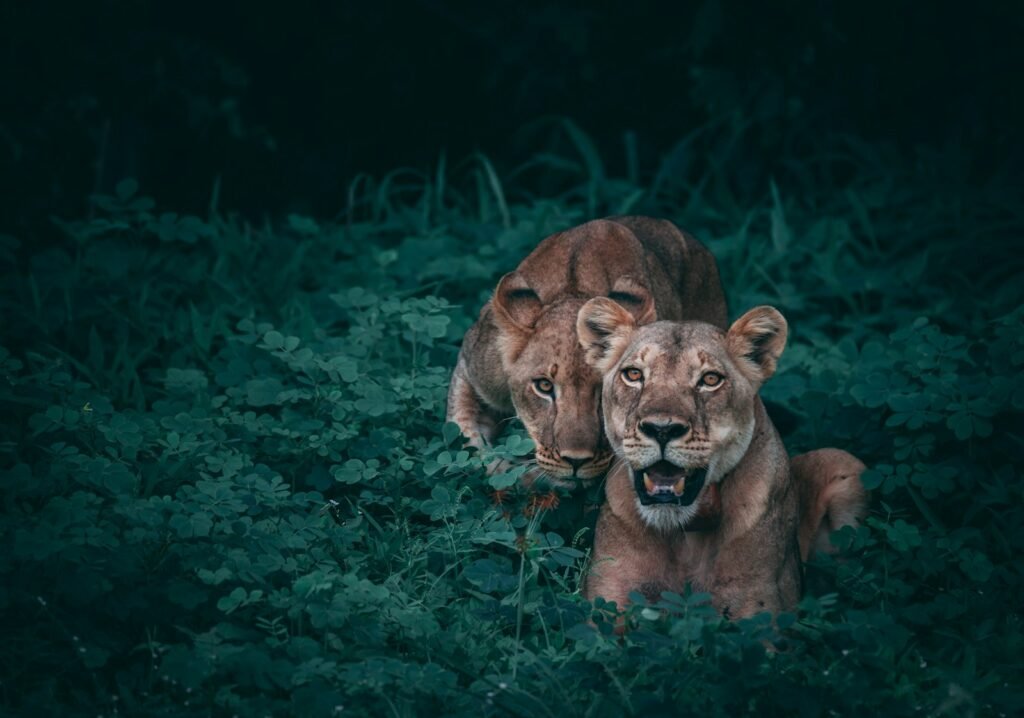
Local communities are indispensable allies in the fight to preserve our planet’s big cats. By fostering strong community involvement, building economic incentives, mitigating conflicts, and respecting indigenous knowledge, we can create a sustainable path forward for these majestic creatures. Community-based conservation not only protects big cats but also strengthens the social and economic fabric of the communities involved, ensuring a harmonious future for both humans and wildlife.
Hi, I’m Bola, a passionate writer and creative strategist with a knack for crafting compelling content that educates, inspires, and connects. Over the years, I’ve honed my skills across various writing fields, including content creation, copywriting, online course development, and video scriptwriting.
When I’m not at my desk, you’ll find me exploring new ideas, reading books, or brainstorming creative ways to solve challenges. I believe that words have the power to transform, and I’m here to help you leverage that power for success.
Thanks for stopping by, Keep coming to this website to checkout new articles form me. You’d always love it!






